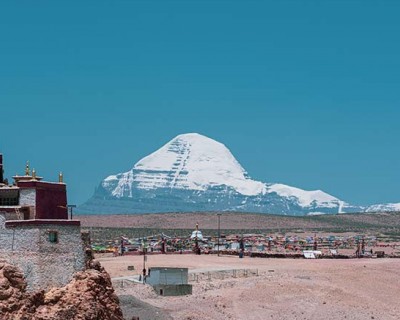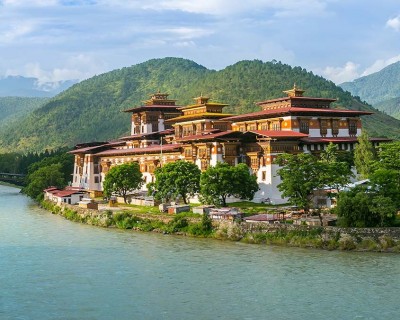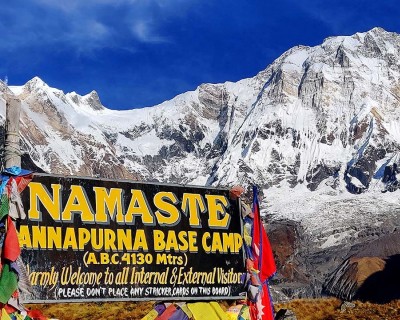There might not be anyone who doesn’t know about Mt. Everest (8,849 meters), the tallest snow-capped mountain in the world. However, there might be few who don’t know that the expedition to Everest Base Camp, the foothills of this tallest mountain in the world, is also among the highest trekking expedition in the world.
With the high-altitude adventure, the risk of Acute Mountain Sickness (AMS) isn’t that far behind. The oxygen saturation level at the is at 50%, half of what it is in the sea level and your blood oxygen on that level of saturation would be about 75%.
Thus, the successful conquest of the Everest Base Camp trek 12 Days itinerary isn’t like an early morning hike on the mountain in the backyard. Although it is one of the most iconic and legendary trekking trails in the world, the threat of mountain sickness is real in this adventure.
We are not trying to discourage you or anything, we are just stating the facts, although it is a difficult trek, the Everest Base Camp trek is at just hand’s reach with the right amount of preparation and determination. In fact, our success rate on this legendary route to the heart of the Khumbu region is at 95% to 97%.
If you emphasize on the physical and mental preparation for the trek, then you will be able to totally immerse in this magnificent exploration of the Himalayas without the need to worry about anything. You can even tackle the altitude sickness, that troubles many trekking enthusiasts on their high-altitude adventures, with just a few precautionary measures.

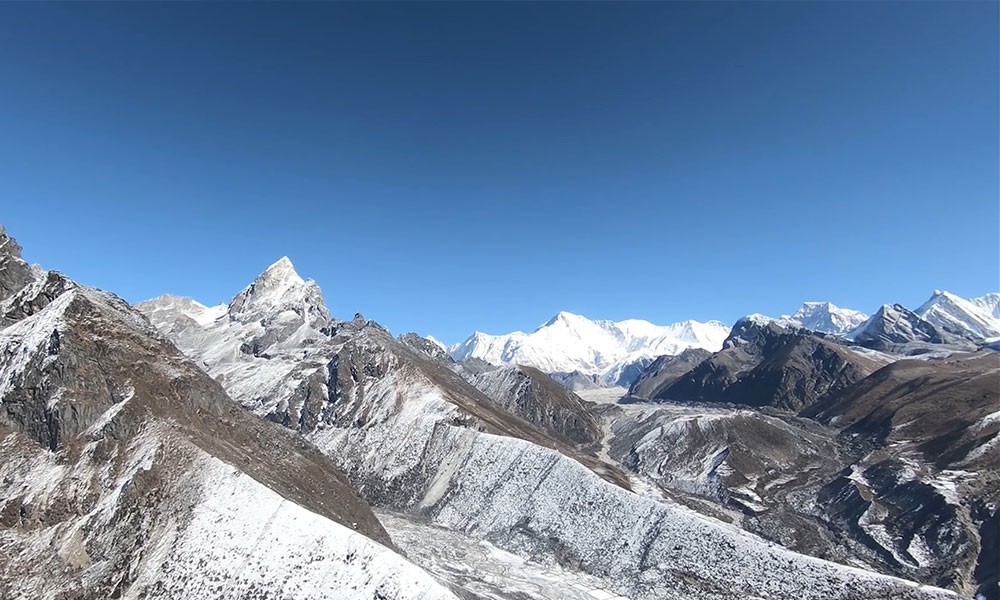 Check out the following pointers on how to prepare for altitude sickness on your magnificent adventure to the Everest Base Camp trek.
Check out the following pointers on how to prepare for altitude sickness on your magnificent adventure to the Everest Base Camp trek.
1. Slow and steady wins the race
First of all remember, it is not a marathon, it's an exploration to relish the magnificence of the Himalayan region. So, instead of rushing from one point to another enjoy the adventure at a slow pace. Your body also needs enough time to get accustomed to an environment, so, if you rush at such a high altitude then you might feel short of breath and fatigued.
By rushing your steps, you won’t just wear yourself out but at higher altitudes, you are also at greater risk of falling victim to altitude sickness. Not only that, the terrain on the high Himalayas with cliffs and steep hills isn’t a safe place so you better be mindful about the trekking route.
2. Package With More Acclimatization Days Are Better
During your adventure to the Everest Base Camp, you generally gain an altitude from 600 meters to 700 meters on a daily basis. So, when you are transiting from such high altitude environment, your body needs enough time to properly acclimatize to the new environment. It is also recommended to set a day off for acclimatization after gaining an altitude of more than 3,000 meters.
That's why almost every trekking package for the Everest Base Camp trek have an acclimatization day at Namche Bazaar (3,440 meters). The number of acclimatization days at the further points may vary depending on the company or package you chose.
As the acclimatization process is directly related to altitude sickness if you don’t acclimatize properly during this high-altitude adventure, the risk of getting AMC increases twofold. So, always go with the trekking package that has enough or more acclimatization days; this way not only you will be able to enjoy the experience at a slow pace but it will also significantly reduce the chances of you catching altitude sickness.
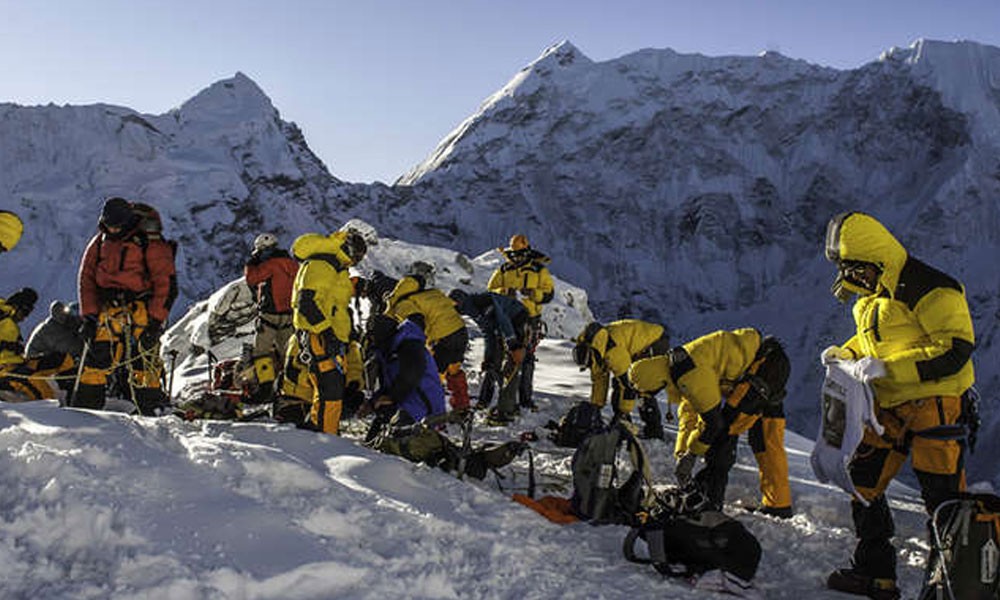
3. Stay Hydrated
When gaining significant altitude in a high-elevation trek, it is very essential for you to stay hydrated throughout the trek. As there is a lower oxygen saturation level at higher altitudes, your respiration rate will go up and you will lose water a lot quicker than you would at a sea level even though you are not physically active. At higher altitudes, your body works harder to inhale the oxygen from a relatively lower saturation level, so when you are consistently moving, the more energy you exert the more water intake your body requires.
Thus, it is very important for you to drink at least 3-4 liters of water during your expedition to the Everest Base Camp. Even if you are not used to drinking a lot of water, at least for this trek, drink the recommended limit. Always carry a water bottle and thermos with you, you can easily get boiled water at the teahouses along the trail which is the most safe way to drink water. Or, you could pack purification solutions or tables, just to stay on the safe side.
4. No Alchohol or Cigarettes During the Trek
Consuming alcohol and cigarettes during your high-altitude expedition can be a risky move. Smoking cigarettes constricts the blood vessels which significantly reduces the amount of oxygen delivered to your muscles, so, even if you say it's just a few sticks, at a high elevation that already has a low oxygen saturation level, it may as well be the invitation for the altitude sickness.
And regarding alcohol, although it may seem like it doesn't have much effect on your body compared to its consumption at sea level, the body which hasn’t had enough time to properly acclimatize to the new altitude isn’t able to process the alcohol effectively. Not only there is a risk of your body not being able to absorb water due to alcohol consumption, but consuming an excessive amount of alcohol will keep your body temperature low increasing the possibility of both mountain sickness and hypothermia.
5. Eat Well and Sleep Well
It may not seem like much, but eating a balanced diet and resting well drastically reduces your chances of catching AMS. During the high-altitude adventure, most people experience a loss of appetite and end up skipping their meals, so in the process, their body doesn’t even have sufficient energy intake for bodily functions, significantly increasing the chances for altitude sickness.
Even though your digestive system won’t work the same as it does at lower altitudes, be mindful about taking proper intake, an empty stomach won't be able to fuel your glorious adventure to the Himalayas. A good meal and sufficient rest come a long way when it comes to adapting your body to high altitude environment. Also, dry fruits and nuts like raising, cashews, almonds, dates, walnuts, etc are good sources to boost your energy during the trek and don’t forget to pack your favorite energy bar.
For those looking to add an extra layer of challenge and adventure to their Himalayan journey, the 17 Days Everest Three High Passes Trek itinerary is an excellent option. This trek not only includes the classic Everest Base Camp route but also takes you through three of the highest passes in the Everest region, offering breathtaking views and an unparalleled experience of the region's diverse landscapes.
You may also like:



 Check out the following pointers on how to prepare for altitude sickness on your magnificent adventure to the Everest Base Camp trek.
Check out the following pointers on how to prepare for altitude sickness on your magnificent adventure to the Everest Base Camp trek.
